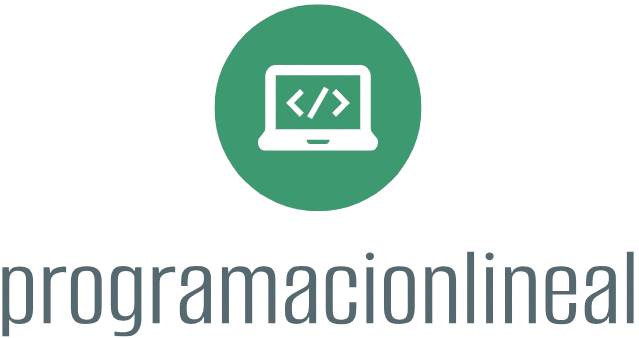Implementing DevOps in your organization can significantly enhance collaboration, streamline development processes, and improve software delivery. Here’s a structured approach to successfully adopt DevOps practices:
- Understand DevOps Principles
Before adopting DevOps, it’s crucial to understand its key principles:
– Collaboration: Foster communication between development and operations teams.
– Automation: Automate repetitive tasks to reduce errors and save time.
– Continuous Integration/Continuous Deployment (CI/CD): Integrate code regularly and automate deployment processes.
– Infrastructure as Code (IaC): Manage infrastructure through code rather than manual processes.
– Monitoring and Feedback: Implement robust monitoring systems to gather feedback and optimize performance.
- Assess Current Processes
Evaluate your organization’s existing development and operational processes:
– Identify bottlenecks that slow down development or deployment.
– Analyze communication barriers between teams.
– Assess current tools used for version control, deployment, and testing.
- Create a DevOps Culture
Cultural change is critical for successful DevOps adoption:
– Build Cross-Functional Teams: Encourage collaboration between developers, operations, QA, and other relevant departments. Form teams that are responsible for the entire software lifecycle.
– Promote Open Communication: Foster a culture where team members can share ideas, challenges, and feedback openly.
– Encourage Continuous Learning: Provide training and learning opportunities to help staff learn new tools and methodologies.
- Define Goals and Metrics
Establish clear goals for your DevOps implementation:
– Determine what success looks like, such as faster deployment times, reduced errors, or improved collaboration.
– Define metrics to measure progress, including deployment frequency, lead time for changes, mean time to recovery (MTTR), and change failure rate.
- Adopt DevOps Practices and Tools
Begin implementing specific DevOps practices and tools that suit your organization’s needs:
- Continuous Integration and Continuous Deployment (CI/CD)
– Tools: Jenkins, GitLab CI, CircleCI, Travis CI
– Implementation: Automate the process of integrating code changes and deploying builds to production or staging environments.
- Infrastructure as Code (IaC)
– Tools: Terraform, Ansible, AWS CloudFormation, Pulumi
– Implementation: Manage and provision infrastructure through code, allowing for version control and reproducibility.
- Configuration Management
– Tools: Chef, Puppet, Ansible
– Implementation: Automate the deployment and configuration of applications to ensure consistency across environments.
- Monitoring and Logging
– Tools: Prometheus, Grafana, ELK Stack (Elasticsearch, Logstash, Kibana), Splunk
– Implementation: Set up monitoring systems to track application performance and gather logs to diagnose issues quickly.
- Start Small and Iterate
– Pilot Projects: Begin with a pilot team or project that adopts DevOps practices. Measure the results and learn from the experience.
– Iterate and Expand: Gradually roll out DevOps practices to more teams based on the insights gained from the pilot.
- Foster an Agile Development Environment
Integrate Agile methodologies with DevOps practices:
– Use Agile practices like Scrum or Kanban to improve project management and adaptability.
– Implement regular retrospectives to continuously assess and improve processes.
- Emphasize Security (DevSecOps)
Integrate security practices into your DevOps processes:
– Educate teams about security best practices.
– Use tools that automate security checks within the CI/CD pipeline (e.g., Snyk, Aqua Security).
- Encourage Feedback and Continuous Improvement
– Establish feedback loops to gather insights from users and stakeholders.
– Analyze performance metrics and make data-driven decisions for improvements.
- Invest in Training and Resources
Provide ongoing training and resources to help teams adapt to new tools and methodologies:
– Organize workshops, training sessions, and coding camps.
– Encourage team members to earn DevOps-related certifications.
Conclusion
Implementing DevOps in your organization requires a cultural shift combined with process and technology changes. By focusing on collaboration, automation, and continuous improvement, you can enhance efficiency, accelerate delivery times, and improve overall product quality. Regularly assess your progress and remain adaptable to feedback and new initiatives in the evolving landscape of DevOps.











